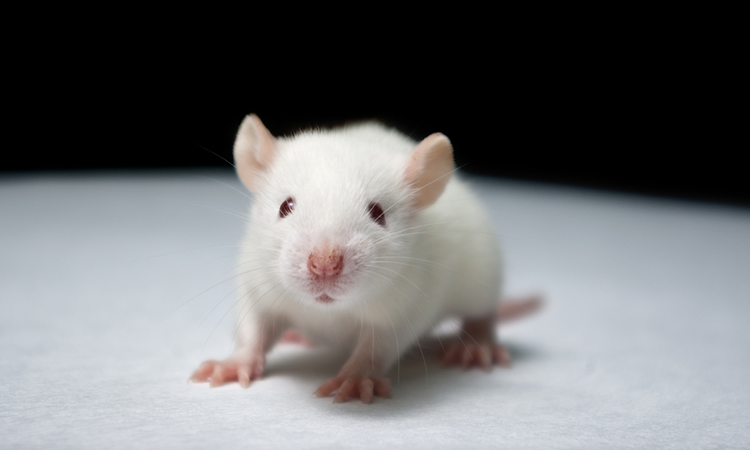New mouse model could be used to develop better HIV treatments
Posted: 17 May 2021 | Victoria Rees (Drug Target Review) | No comments yet
A new pre-clinical mouse model could enable the study of HIV infection and the testing of cell therapies against the virus.


A team led by researchers at Weill Cornell Medicine and Children’s National Hospital, both US, has developed a unique pre-clinical model that enables the study of long-term HIV infection and the testing of new therapies aimed at curing the disease.
According to the team, ordinary mice cannot be infected with HIV, so previous HIV mouse models have used mice that carry human stem cells or CD4 T cells, a type of immune cell that can be infected with HIV. However, these models tend to have limited utility because the human cells soon perceive the tissues of their mouse hosts as “foreign” and attack – making the mice gravely ill.
By contrast, the new mouse model avoids this problem by using a subset of human CD4 cells that mostly excludes the cells that would attack mouse tissue. The researchers showed that the mice can usefully model the dynamics of long-term HIV infection, including the virus’s response to experimental therapies.
“We expect this to be a valuable and widely used tool for studying the basic science of HIV infection and for speeding the development of better therapies,” said co-first author Dr Chase McCann.
The invention of the new mouse model is part of a wider effort to develop and test cell therapies against HIV infection. Many researchers hope that cell therapies can work against HIV and can potentially be curative. However, the lack of good mouse models has hampered the development of such therapies.
The researchers showed in the study that the cell-attacks-host problem found in prior mouse models is chiefly due to so-called “naïve” CD4 cells. These are CD4 cells that have not yet been exposed to targets and apparently include a population of cells that can attack various mouse proteins. When the researchers excluded naïve CD4 cells and instead used only “memory” CD4 cells, which circulate in the blood as sentinels against infection following exposure to a specific pathogen, the cells survived indefinitely in the mice without causing major damage to their hosts.
The team observed that the human CD4 cells also could be infected and killed by HIV or protected by standard anti-HIV drugs, essentially in the same way that they are in humans. Thus, they showed that the mice, which they termed participant-derived xenograft (PDX) mice, served as a workable model for long-term HIV infection. This term is akin to the PDX models used to study cancer therapies.
Lastly, the researchers used the new model to study a prospective new T-cell based therapy, very similar to one that is now being tested against cancers. They put memory CD4 T cells from a human donor into the mice to permit HIV infection and then, after infection was established, treated the mice with CD8-type T cells, also called killer T cells.
The killer T cells were from the same human donor and could recognise a vulnerable structure on HIV, so that they attacked the virus wherever they found it within the mice. To boost the killer T cells’ effectiveness, the researchers supercharged them with a T cell-stimulating protein called IL-15.
The treatment powerfully suppressed HIV in the mice. The mouse model allowed the researchers to monitor and study these long-term infection and viral escape dynamics in detail.
The results are published in the Journal of Experimental Medicine.
Related topics
Disease research, Drug Development, Immunology, Immunotherapy, In Vivo
Related conditions
HIV
Related organisations
Children's National Hospital, Weill Cornell Medicine
Related people
Dr Chase McCann



